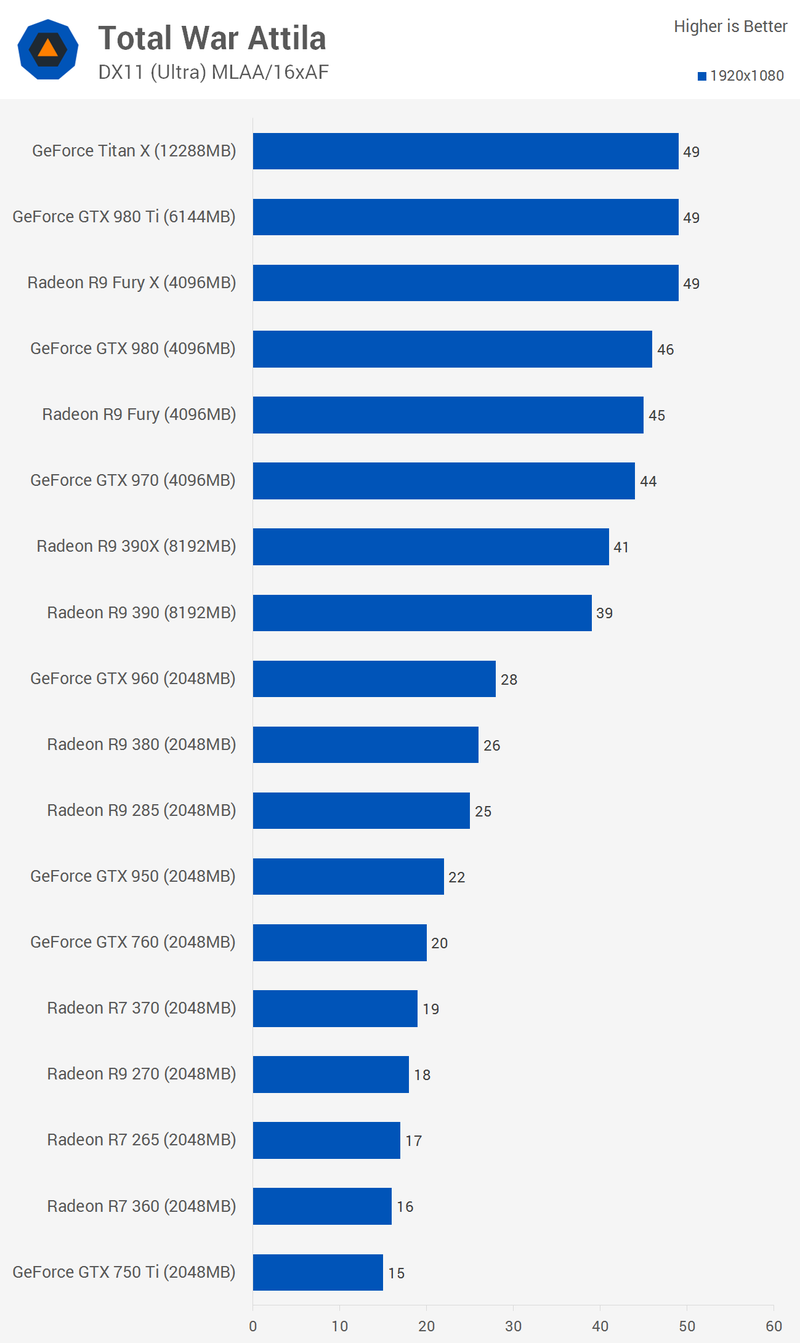


In 2021, AMD also introduced FidelityFX Super Resolution, and more recently, Radeon Super Resolution. Although AMD’s solution isn’t as powerful as Nvidia’s, the ray accelerators are enough to support ray tracing in compatible games, bringing AMD and Nvidia GPUs to feature parity. They aren’t dedicated hardware like Nvidia’s RT cores, but instead introduced changes to its compute unit that allow for the acceleration of ray tracing calculations, as well as applying a de-noising effect to scenes with ray-traced lighting applied. Just as important, however, was the introduction of AMD’s ray accelerators. But, where that meant competition at the mid-range for RDNA, RDNA 2 enjoyed a much wider product stack and therefore much greater competition throughout the price to performance spectrum. It again made major leaps in performance per Watt with the launch of its RX 6000 RDNA 2 graphics cards. AMD Stepped Their Game UpĪMD’s response was arguably more impressive. Each of which offered significantly improved performance over their predecessors. It also introduced a third generation of Tensor cores and a second generation of RT cores. With it, Nvidia massively increased performance over the previous generation of RTX 2000 GPUs, with its new Ampere architecture boosting CUDA core counts significantly, as well as using much faster GDDR6X memory. However, that all changed with the launch of the new generation Nvidia RTX 3000 and AMD RX 6000 graphics cards in 2020. Those features weren’t as important then as they are now, but over that generation’s lifespan, the lack of these features on AMD hardware began to stand out. This left Nvidia alone to offer hardware-accelerated ray tracing support with its RT cores, and deep learning super sampling (DLSS) with its Tensor cores. Then the RTX 2000 series from Nvidia introduced ray tracing.And though AMD’s RX 5000 graphics cards using the first-generation RDNA architecture offered big improvements in performance per watt, with greater efficiency than anything AMD had managed before, they still couldn’t catch the top-tier RTX 2080, or 2080 Ti GPUs.ĪMD also didn’t offer anything in the way of ray tracing acceleration, or dynamic upscaling. This made them much less enticing options for prospective GPU buyers, especially at the top end.

Only going back two generations to Nvidia’s GTX 10-series GPUs, the 1080 Ti was a standout graphics card that easily beat out AMD’s top-of-the-line Vega 56 and 64 graphics cards, leaving no credible competition at the top end.Īdd to that, AMD’s GPUs ran hotter and were more power-hungry than Nvidia’s best GPUs. AMD and Nvidia may have been the two major options for graphics cards for over two decades, but they haven’t always been viable alternatives to one another.


 0 kommentar(er)
0 kommentar(er)
